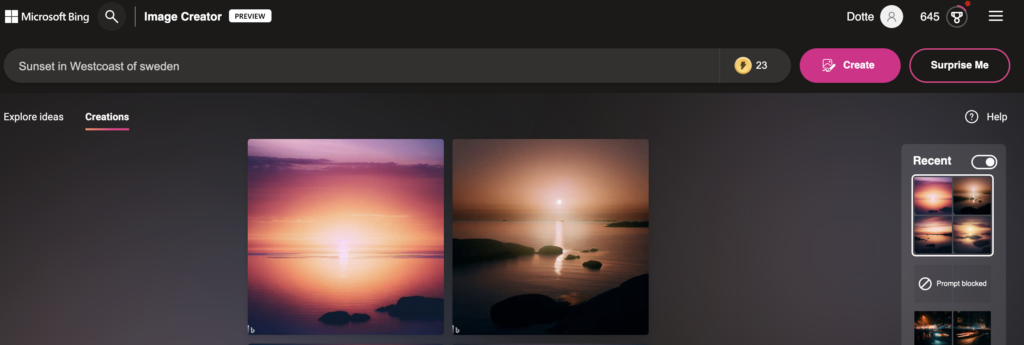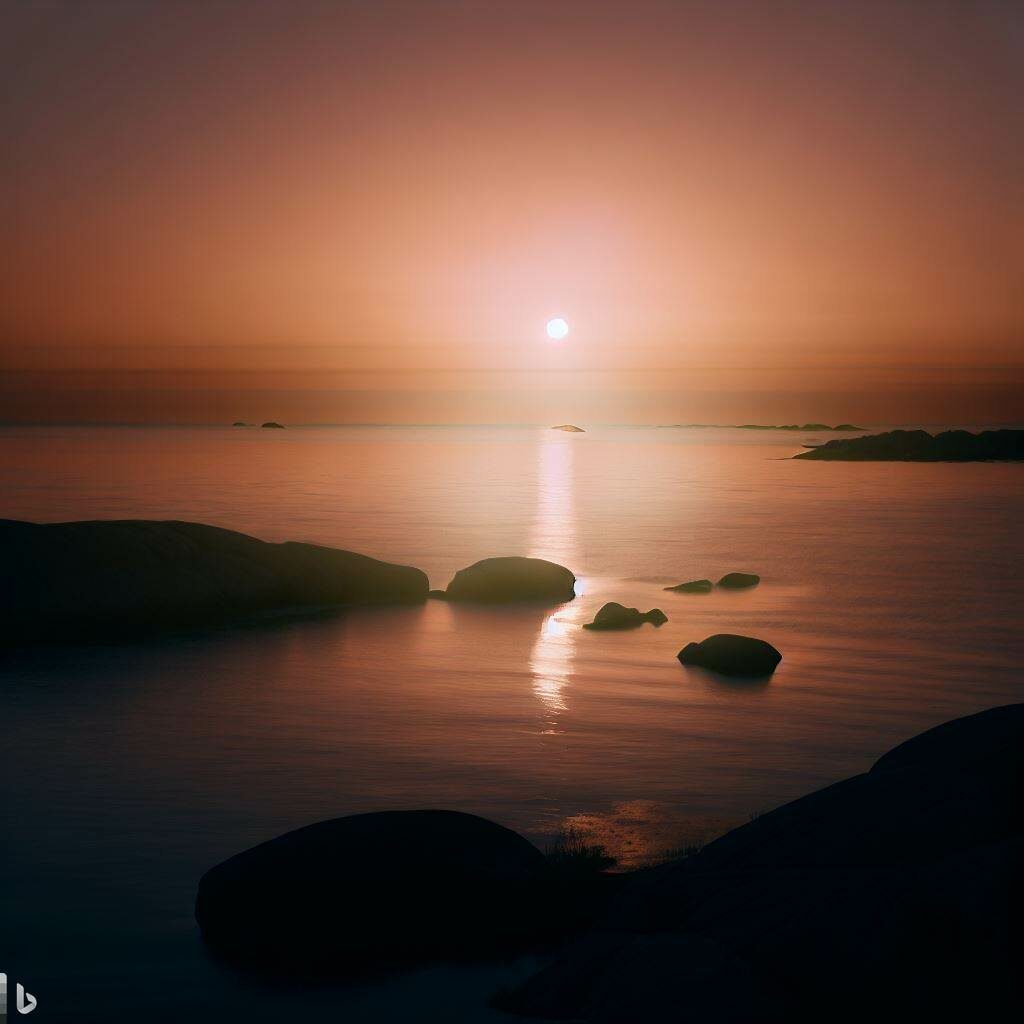Bing Image Creator is truly an exciting development in image creation using AI technology. It is powered by Dall-E 2, an advanced AI model that has been trained to create realistic images from text descriptions. The images generated by Bing Image Creator are truly detailed and seem to be of very high quality.
One of the most impressive features of Bing Image Creator is its responsive prompter, which means that the system is designed to quickly adapt to user input and generate images that are relevant and accurate. Another advantage of Bing Image Creator is that the images are generated quite quickly, allowing users to create many images in a short amount of time.
Although Bing Image Creator is a very promising technology, it is important to note that there are still challenges that need to be overcome when it comes to AI art. One of these problems is the limited ability to render fingers and hands, which can lead to less realistic images. This is a challenge that requires continued research and development to solve.
In summary, Bing Image Creator is a very promising technology that has the potential to revolutionize image creation using AI. Although there are some challenges that still need to be overcome, it is exciting to see how AI continues to improve our ability to create realistic and detailed images.


AI-generated art, also known as generative art, is a rapidly growing field that combines the creative power of artificial intelligence with human artistic vision. This emerging technology is transforming the way art is created and consumed, pushing the boundaries of what is possible and redefining the role of the artist in the creative process.
AI-generated art is created by feeding an AI system with data such as images, text, or audio, and using algorithms to analyze and interpret the data in order to generate new artistic content. The AI system can be trained to create art in a variety of styles, from traditional painting and sculpture to more experimental and abstract forms.
One of the key advantages of AI-generated art is its ability to create vast amounts of content quickly and efficiently. This can be especially useful in fields such as design, advertising, and marketing, where the ability to generate large amounts of high-quality content quickly is essential. AI-generated art can also be used in film and video game development, where it can help to create realistic environments and characters.
However, there are also some challenges associated with AI-generated art. One of the main challenges is the potential for the technology to replace human artists altogether. While AI can be trained to create art in a variety of styles, it is still limited by its programming and lacks the creativity and intuition of a human artist. Additionally, there are concerns about the originality and authenticity of AI-generated art, as it is often created using pre-existing data sets.
Despite these challenges, the potential of AI-generated art is immense. It offers a new and exciting avenue for artistic expression and creativity, and has the potential to revolutionize the way we think about art and the creative process. As the technology continues to advance, it is likely that we will see more and more AI-generated art in galleries, museums, and other cultural institutions.
In conclusion, AI-generated art represents a significant and exciting development in the world of art and technology. While it is still a relatively new field, its potential for creativity and innovation is immense, and it is sure to continue to push the boundaries of what is possible in the world of art. As we continue to explore the possibilities of this emerging technology, we can look forward to a future filled with new and exciting forms of artistic expression.


